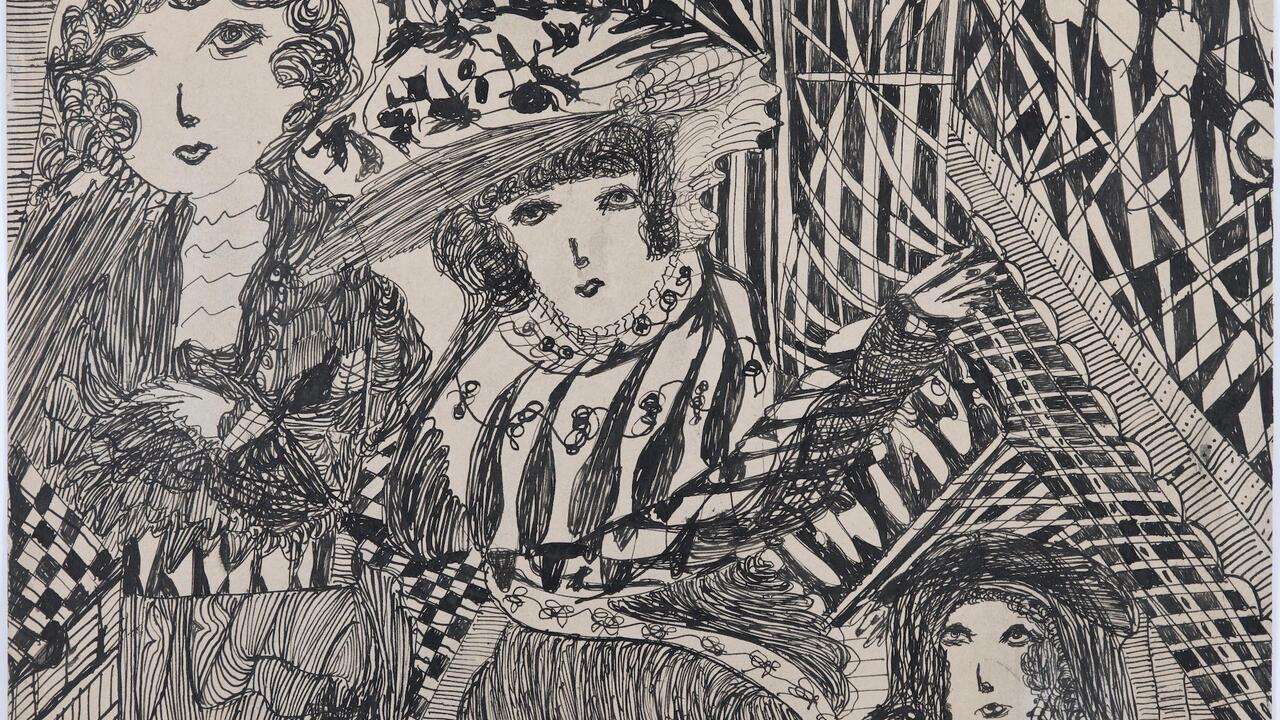Yu Ji on Eva Hesse’s Experiments with Material and Form
‘Hesse was an adventurer and brave with her materials’
‘Hesse was an adventurer and brave with her materials’

I have never seen a sculpture by Eva Hesse in the flesh, but she is one of the artists who has inspired me most from the beginning of my practice. Her Repetition Nineteen III comprises 19 translucent, cylindrical forms, each approximately 50 centimetres tall and made from fibreglass and polyester resin. The work sits directly on the floor. Its tone is quite relaxed and casual; each unit looks similar in size and shape but none are actually the same. I do not think that this is a typical work of Minimalist art, though its title and form can easily imply that. Actually, Hesse worked in the opposite way. She emphasized the variability of substance through her purely handmade details and way of installing the piece. (She never gave specific instructions about how to arrange her work – each installation is flexible.)
Hesse was an adventurer and brave with her materials; her work developed more character with each new substance she used. Meanwhile, her experiments with material and form expressed a strong sense of inclusiveness and of the ebb and flow of feminine cycles of decay.
Published in Frieze Masters, issue 7, 2018, with the title ‘Artist's Artists’.























